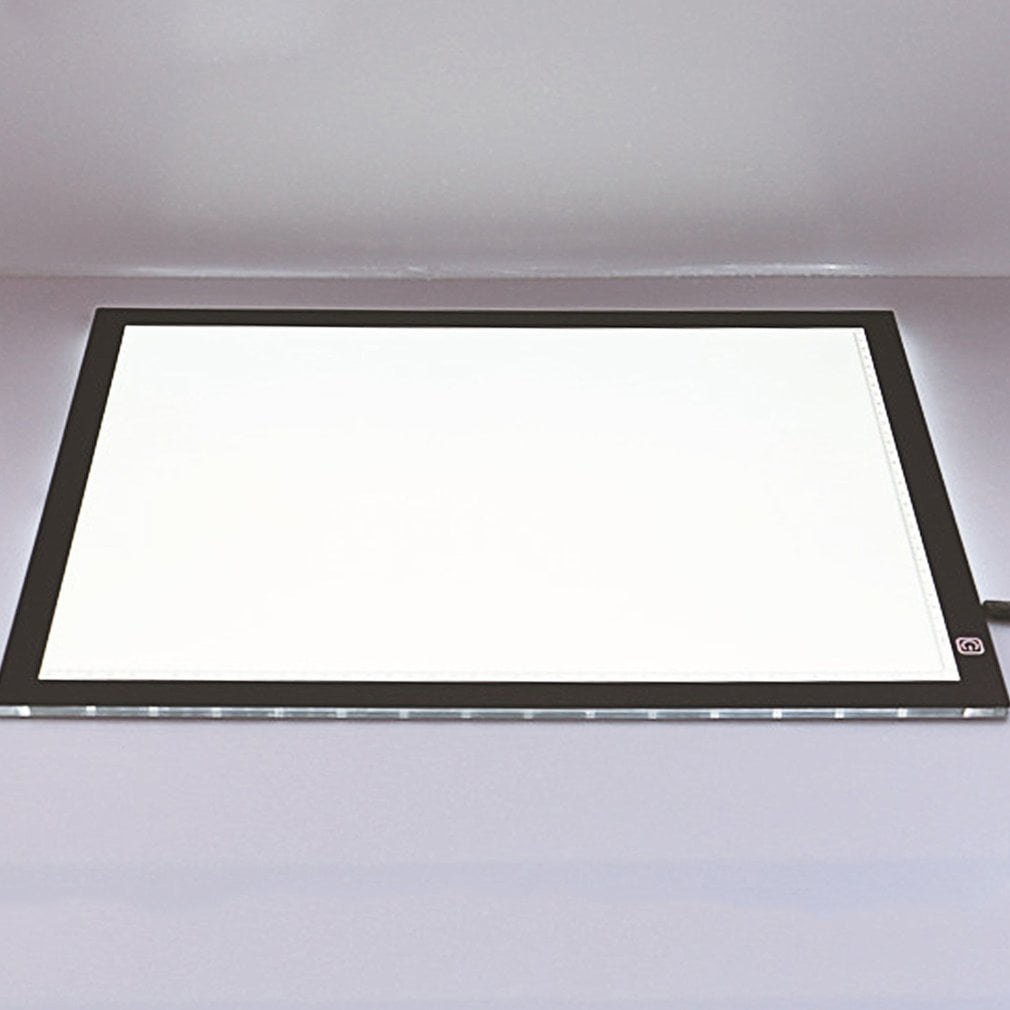


Using fabrication services, custom shaped light boxes can be created outside of the standard square & rectangle displays.
#Animation light box flat plus
As the size of the lightbox increases (also combined with the application of the lightbox), the outer-profile used also increases to provide strength, plus the optimal distance between the graphic and LED illumination, ensuring even coverage of light without any hotspots. Where the overall size of the lightbox will be below 2m 2, incredibly thin profiles can be used which result in slimline graphic displays between 18-34mm deep. This can be achieved using aluminium profiles in a range of depths, which are purpose built to provide rigidity at the same time as being designed to house graphics (similar to what you can see in our Tension Fabric System). The final size of the graphic required impacts upon how strong the frame needs to be, to support the graphic display. We’ll explore each of the different elements below.įrom ultra-slim to large-format, Lightboxes can be specified in sizes from 200mm2 to 50m wide. We quickly touched upon the three primary components of a LED Lightbox, but there’s much more to consider when asking 'What is a Lightbox' as well as using Lightboxes in retail and commercial environments. Lightboxes have proven to be a particularly effective way to increase visibility and captivate consumer attention, with research suggesting that illuminated graphics can increase sales by approximately 30% via both direct and subliminal promotional messaging. Lightboxes are used for illuminating graphic displays, and are created using an outer frame, a graphic - usually fabric or duratrans which are designed to permeate light, and LED lighting - housed within the frame or back panel which illuminates the installed graphic.


 0 kommentar(er)
0 kommentar(er)
